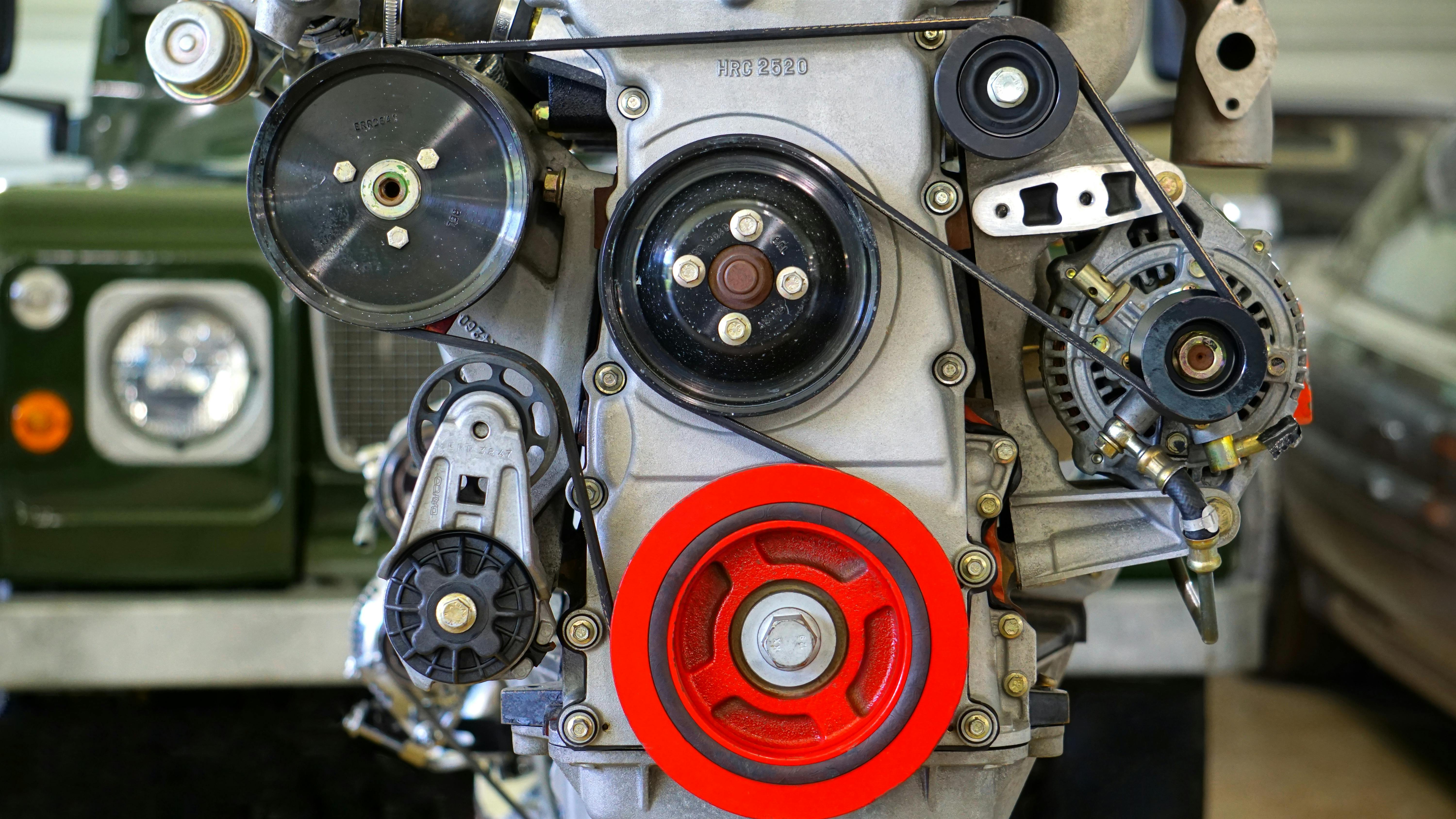"Revisiting the Wonders of Rotary Engines: A Forgotten Marvel in Automotive Engineering"
Introduction: In the world of automotive engineering, there are few creations as intriguing and unique as the rotary engine. Once hailed as the future of internal combustion, this technology has largely faded into obscurity. But why? Let's delve into the fascinating world of rotary engines, their rise, fall, and potential resurgence.

The Birth and Rise of Rotary Engines
The rotary engine, also known as the Wankel engine, was invented by German engineer Felix Wankel in the 1950s. Unlike traditional piston engines, the rotary engine uses a triangular rotor that spins inside a housing to produce power. This unique design allows for smoother operation, fewer moving parts, and a higher power-to-weight ratio.
In the 1960s and 70s, the rotary engine seemed poised to revolutionize the automotive industry. Mazda, in particular, embraced this technology, producing several models powered by rotary engines, including the iconic RX-7.
The Fall from Grace
Despite its initial promise, the rotary engine soon faced significant challenges. Its unique design, while innovative, proved to be its downfall. Rotary engines were notorious for their high fuel consumption and poor emissions performance. They also suffered from reliability issues, particularly concerning rotor seal wear.
These issues, coupled with the 1970s oil crisis and increasingly stringent emissions regulations, led to the rotary engine’s decline. By the 1980s, most manufacturers had abandoned this technology, with Mazda being the notable exception.
The Rotary Engine Today
Today, the rotary engine is largely a relic of the past. Mazda, the last major proponent of this technology, ceased production of rotary-powered cars in 2012 with the discontinuation of the RX-8.
However, the rotary engine is not entirely forgotten. Some enthusiasts continue to appreciate these engines for their unique characteristics and performance potential. Additionally, several companies and researchers are exploring ways to address the rotary engine’s shortcomings, potentially paving the way for a resurgence.
The Potential Resurgence
Despite its challenges, the rotary engine still holds potential. Its compact size and high power-to-weight ratio make it an attractive option for certain applications. For instance, Mazda has announced plans to use a small rotary engine as a range extender in its upcoming electric vehicles.
Furthermore, advancements in materials science and engineering could potentially address some of the rotary engine’s historical issues. For example, modern seal materials could reduce wear and improve reliability.
A Forgotten Marvel
The story of the rotary engine is a fascinating tale of innovation, promise, and ultimately, disappointment. Despite its shortcomings, this unique technology continues to captivate automotive enthusiasts and engineers alike. While it remains to be seen whether the rotary engine will ever regain its former glory, its legacy in the world of automotive engineering is undeniable.





